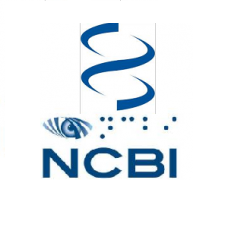Abstract
Background: An increasing number of hospitals react to recent demographic, epidemiological and managerial challenges moving from a traditional organizational model to a Patient-Centered (PC) hospital model. Although the theoretical managerial literature on the PC hospital model is vast, quantitative evaluations of the performance of hospitals that moved from the traditional to the PC organizational structure is scarce. However, quantitative analysis of effects of managerial changes is important and can provide additional argument in support of innovation. Methods: We take advantage of a quasi-experimental setting and of a unique administrative data set on the population of hospital discharge charts (HDCs) over a period of 9 years of Lombardy, the richest and one of the most populated region of Italy. During this period three important hospitals switched to the PC model in 2010, whereas all the others remained with the functional organizational model. This allowed us to develop a difference-in-difference analysis of some selected measures of efficiency and effectiveness for PC hospitals focusing on the “between-variability” of the 25 major diagnostic categories (MDCs) in each hospital and estimating a difference-in-difference model. Results: We contribute to the literature that addresses the evaluation of healthcare and hospital change by providing a quantitative estimation of efficiency and effectiveness changes following to the implementation of the PC hospital model. Results show that both efficiency and effectiveness have significantly increased in the average MDC of PC hospitals, thus confirming the need for policy makers to invest in new organizational models close to the principles of PC hospital structures. Conclusions: Although an organizational change towards the PC model can be a costly process, implying a rebalancing of responsibilities and power among hospital personnel (e.g. medical and nursing staff), our results suggest that changing towards a PC model can be worthwhile in terms of both efficacy and efficiency. This evidence can be used to inform and sustain hospital managers and policy makers in their hospital design efforts and to communicate the innovation advantages within the hospital organizations, among the personnel and in the public debate.








